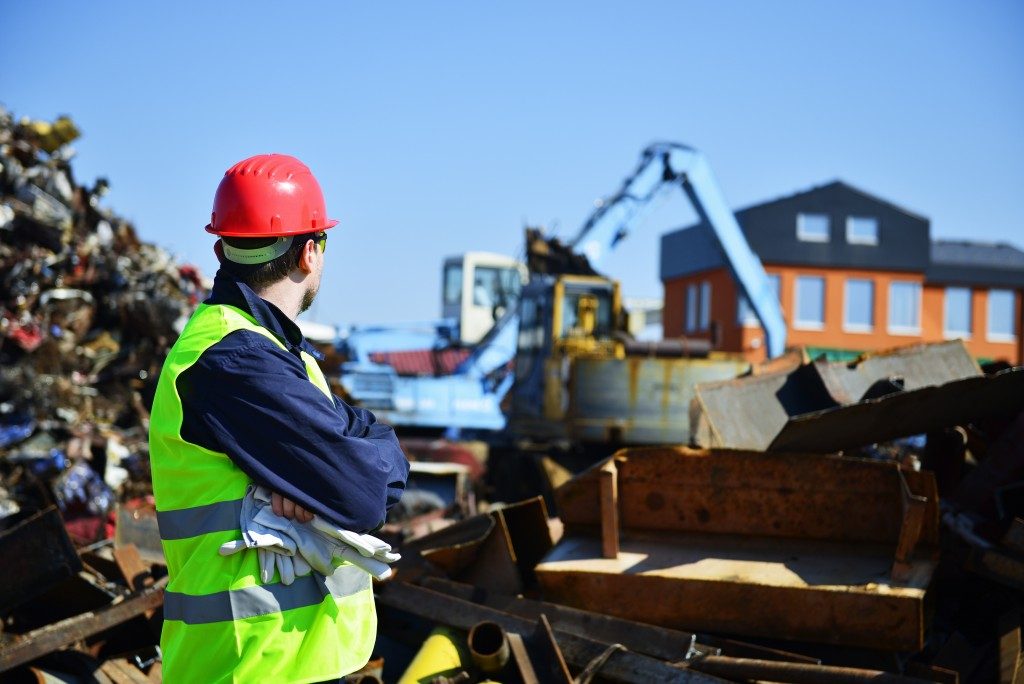When most people think of solid waste management, they visualize big heaps of rotting trash. The term “solid waste management,” however, encompasses all methods used to collect, separate and treat solid waste. It additionally offers a solution for recycling of different items that do not belong to trash.
Solid waste forms the most substantial amount of generated waste from industries, homes, agricultural fields and commercial settings. Poor solid waste management services for Utah residents and those far beyond these borders leads to grave consequences.
The waste forms a perfect breeding ground for disease-causing microorganisms and destroys the aesthetic value of the environment. Chemicals from toxic solid waste from factories and hospitals, on the other hand, contaminate groundwater sources and result in several health problems, including cancer and congenital disabilities.
Proper collection and segregation of waste are essential, so a competent solid waste management company can collect and transport it to different sites for management. Here are some solid waste management techniques you should know.
Sanitary Landfill
In this option, garbage is laid out in thin layers then compressed and covered using a plastic foam or soil. The bottom layer of modern sanitary landfills comprises an impervious liner often made of sand and thick plastic. This liner prevents the leaching of the decomposing material into groundwater.
Methane, a byproduct of the decomposition of the waste, is used for the production of heat and electricity. Sanitary landfills pose minimal risk to human health, but the cost of setting them up is higher than other options.
Incineration
This involves solid waste burning at high temperatures until it is turned into ashes. The incinerators used in solid waste management facilities are made in a manner that they do not produce too much heat when burning the waste.
Incineration is inexpensive and reduces the solid waste volume by approximately 80 percent 90 percent. The ash derived from the process can be used in hydroponic solutions.
Composting

This closely mirrors sanitary landfills, but only comprises biodegradable waste. The waste is allowed to accumulate in a pit for an extended period during which decomposition by microbes takes place. The compost created is nutrient-rich and generally used as farming fertilizer.
Though inexpensive, composting takes up a vast expanse of land.
Pyrolysis
In this technique, solid waste is chemically decomposed using heat without any oxygen present. The decomposition takes place in temperatures of at least 4300 F and immense pressure. There are different kinds of pyrolysis systems available, including rotary hearth and fluidized bed furnaces and rotary kilns.
The solid waste that undergoes pyrolysis is changed into solid, gas and liquid. These products might, however, be hazardous and their proper storage and eventual disposal are vital.
Most homeowners, factories, farms and businesses opt to handle their solid waste management to cut back on expenses. Proper management of solid waste is not as easy as burning some waste and dumping the rest in a pit. It requires expertise and a range of tools.
To ensure your solid waste is handled correctly, get a professional to collect, separate and dispose of it using one of the above techniques.

